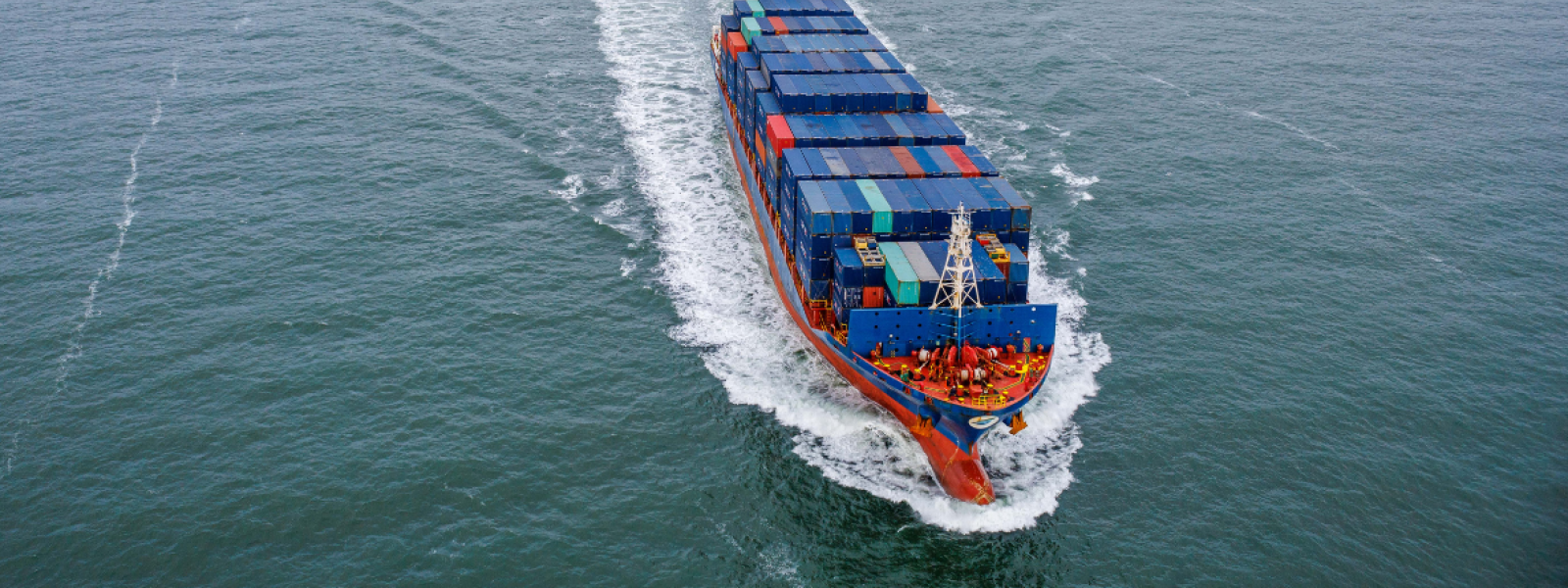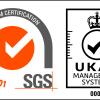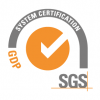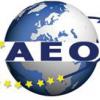

Since ancient times, the seas have been considered the largest route of communication, trade and exchange in the world. Over the years, with the aim of making routes more efficient and minimizing transit times, humanity has invested considerably in the realization and/or control of real shortcuts, called choke-points.
The "choke points" are obligatory sea passages through which the ships must pass: their safety is fundamental in order to guarantee the continuity and the correct functioning of the world-wide marine commerce.
There are 8 most strategic marine choke points for the commercial routes:
- the Strait of Malacca, in Southeast Asia,
- the Strait of Hormuz, between the Persian Gulf and the Gulf of Oman,
- the Panama Canal, which bisects Central America,
- the Suez Canal, which connects the Mediterranean with the Red Sea
- the Strait of Gibraltar, a passage between the Mediterranean Sea and the Atlantic Ocean,
- the straits of the Bosphorus and Dardanelles, which allows the connection between the Mediterranean and the Black Sea,
- the Bab al-Mandab Strait, between the Red Sea and the Gulf of Aden,
- the Cape of Good Hope, on the southern tip of Africa.
There are also severalx secondary choke points, including the Strait of Sicily, fundamental for the Italian geopolitical strategy in the Mediterranean.
By the eighteenth century, control of these canals was held by England, whose fleet was the most powerful in the world and had bases and colonies everywhere in order to move quickly and make the most of the resources of the states under its control.
Since World War II, however, the control of choke points has passed to the United States, which has become a global power thanks to its ability to dominate the seas and oceans. The United States is also well placed to control choke points, as they lie between Asia and Europe and overlook the world’s largest oceans. The main task of the United States is to ensure that international shipping is as safe and secure as possible, without, of course, neglecting its own interests. The position of control held by the United States of America means that free navigation and free trade are guaranteed, thus allowing globalization at the same time. To do this, the United States and its allies have bases and landing points scattered all over the planet. As England had its colonies, the USA has about 800 bases in more than 70 countries of the globe: they also garrison their seas and international waters with their own fleets.
However, the modern world has many causes of crisis related to the management of choke points, linked both to the geo-political situation and to climate change, which make it difficult to maintain the balance between the more than 100,000 cargo ships traveling around the world. By now, 4 of the 8 primary choke points are characterized by crisis of the naval transport and the marine traffics: the conflict between Russia and Ukraine in fact has involved the zone of the Black Sea, disputed territory, with important consequences on trade and shipping especially related to wheat from Ukraine. The war has damaged the normal functioning of the naval trade through the strait of the Bosphorus and the strait of the Dardanelles, that they connect Black Sea and Mediterranean Sea.
Subsequently, the Suez Canal and the Bab al-Mandab Strait were also involved in the conflict in the Middle East. In this area the Houthi, an armed group of the State of Yemen, are repeatedly attacking boats directed to Israel: these attacks have induced a deep feeling of fear in the civilian commercial vessels even not linked to Israel, which have preferred to review their routes preferring safer routes even if longer. The choice of circumnavigating the African continent has become more and more important, however, involving an extension of 2 weeks of travel, with serious consequences relating to transport costs and, consequently, goods prices. This way it is hit 10% of the world-wide commerce and the ports of the Mediterranean Sea, between which those Italians, risk to be excluded from the commercial routes.
The other choke point damaged in recent times is the Panama Canal, the artificial passage that divides Central America in two and connects the Atlantic Ocean and the Pacific Ocean, allowing ships to avoid having to circumnavigate South America to move from one ocean to another. From here passes 5% of the total commerce and involves above all the goods in arrival and departure from the United States. The crisis of this channel is not linked to war, but to climate change: in fact, to operate the channel provides a system of altitude differences and melts that exploits the pumping and the release of fresh water, found from a basin of lakes and streams surrounding. The record drought, however, is making this system unsustainable and has led the government of Panama to block more and more ships (from 36 to 24 per day, up to 18). the main consequence is represented by a delay in the marine shipments and, therefore, an increase of the costs of transport.
Drought has many triggers, such as the cyclical phenomenon "El Nino" that in 2023 caused a decrease in rainfall of 40%, as well as an increase in average temperatures. However, the general trend is definitely linked to global climate change. It has been calculated that the passage of a single ship from one ocean to another involves the consumption of the amount of water that 500,000 Panamanians would consume in a day, and more than half of them receive water from the same sources used to operate the canal. So, there is no doubt that there is a conflict between the needs of the population and the commercial ones: the loss of this choke point would damage the economic state of Panama and its residents, as this type of trade accounts for 6% of the country’s GDP.
This critical situation has prompted the Panamanian government to seek possible corrective actions to remedy this status quo: there has been talk of a new artificial basin to be built on the Indio River. However, this would be a very expensive project, combined with significant environmental and social damage, such as people leaving their homes because of flooding. More immediate alternatives are linked to the possibility of taking alternative routes, but with consequent increase in costs, time and greenhouse gas emissions: some examples could be the return to circumnavigation of South America, or the decision to transport goods by land.
Ultimately, progressive global warming could in the future unblock the Arctic route, which would completely reverse global trade and maritime transport.
This scenario therefore threatens to cause an increase in the prices of goods that are bought daily, as well as leading to a revolution in the concept of globalization and a rethinking of the geopolitical balances of world trade.










